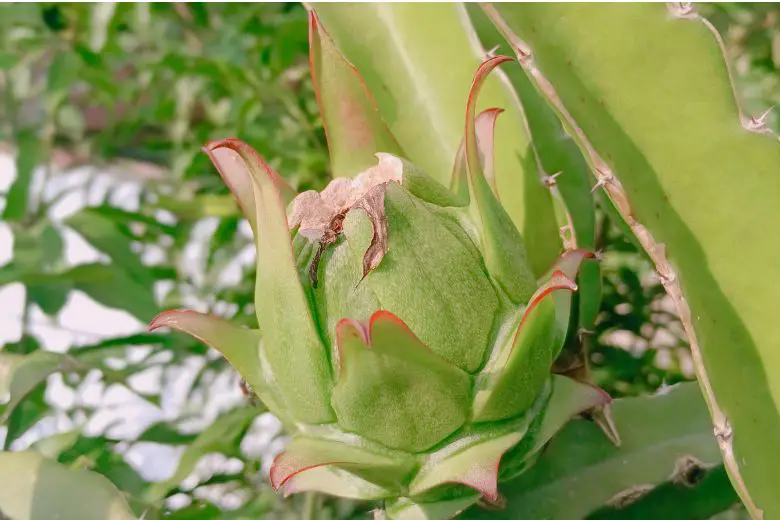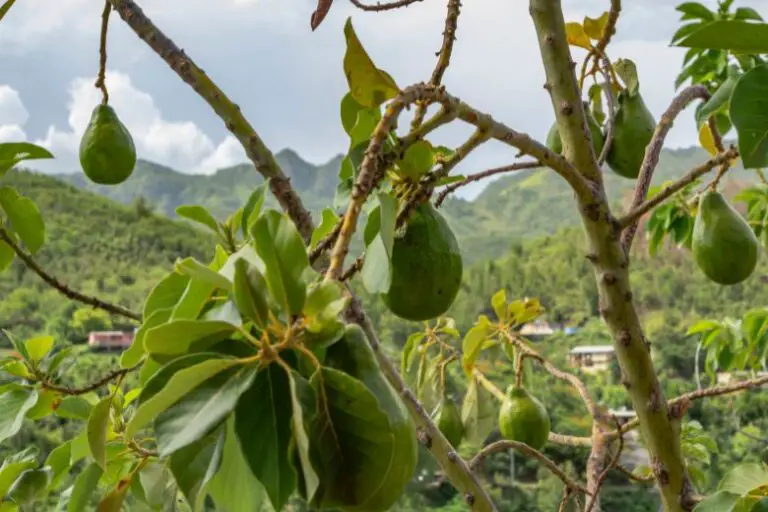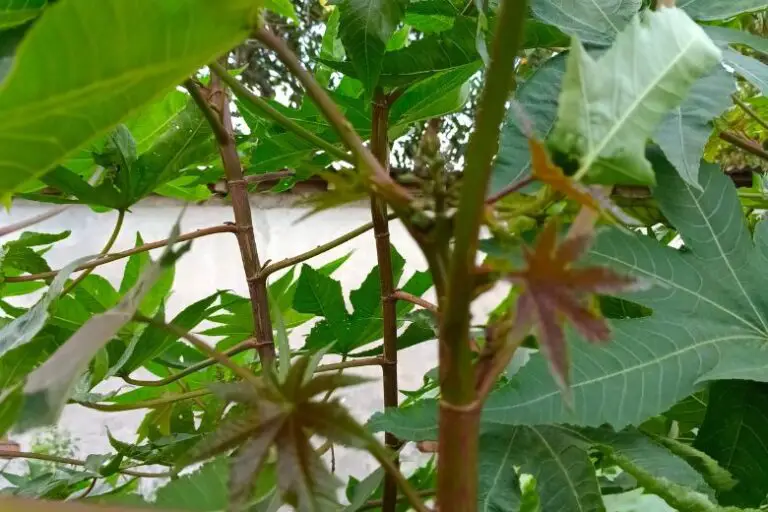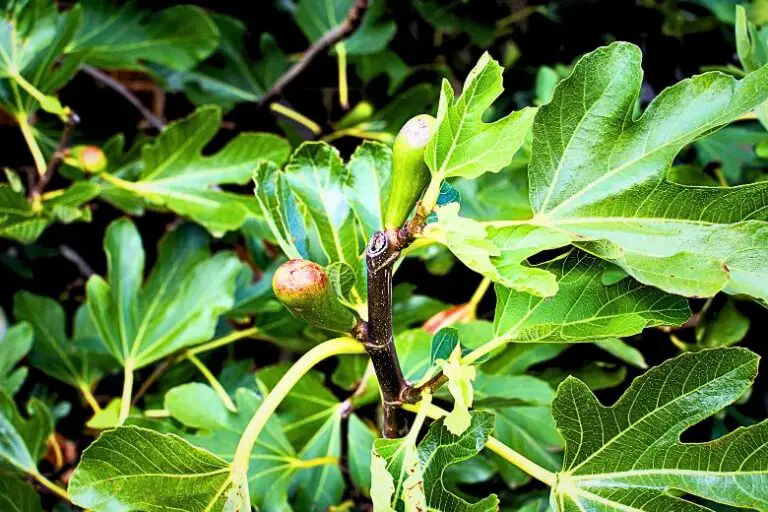Can Green Dragon Fruit be Grown in Colder Climates
Green dragon fruit, also known as pitaya, has gained tremendous popularity for its unique appearance and numerous health benefits.
This exotic fruit, with its vibrant green skin and succulent flesh speckled with tiny black seeds, is not only visually appealing but also packed with essential nutrients.
While green dragon fruit thrives in warm tropical climates, many enthusiasts wonder if it can be successfully grown in colder regions. In this article, we will explore the possibilities and challenges of cultivating green dragon fruit in colder climates.
Understanding Green Dragon Fruit
Before delving into the specifics of growing green dragon fruit in colder climates, it is essential to understand the characteristics of this remarkable fruit. Green dragon fruit belongs to the cactus family and is native to Central and South America. It is rich in vitamin C, antioxidants, and fiber, making it a popular choice for health-conscious individuals. Additionally, the fruit is low in calories and contains beneficial plant compounds that contribute to overall well-being.
Climate Requirements for Green Dragon Fruit
Green dragon fruit plants thrive in warm climates with temperatures ranging from 65°F to 95°F (18°C to 35°C). They require ample sunlight, well-draining soil, and moderate humidity. However, growing green dragon fruit in colder climates presents a unique set of challenges. The fruit is highly sensitive to freezing temperatures, and extended exposure to cold can severely damage or kill the plants.
Cold-Hardy Varieties of Green Dragon Fruit
Despite the challenges posed by colder climates, there are certain varieties of green dragon fruit that exhibit tolerance to colder temperatures. These cold-hardy varieties have been specifically bred or selected to withstand harsher conditions. Examples include the ‘Haley’s Comet’ and ‘Delight’ varieties, which have demonstrated greater cold resistance compared to other cultivars. These varieties may be more suitable for cultivation in regions with colder climates.
Preparing the Soil and Environment
To successfully grow green dragon fruit in colder climates, it is crucial to create an environment that mimics its preferred tropical conditions. Start by selecting a sunny location with well-draining soil. Green dragon fruit plants are susceptible to root rot, so proper soil drainage is essential. Additionally, consider using raised beds or containers to enhance drainage and protect the plants from cold ground temperatures.
To protect the plants from frost and cold winds, consider employing various strategies. These may include covering the plants with frost blankets or constructing temporary structures, such as hoop houses or greenhouses, to create a microclimate. These protective measures can significantly increase the chances of successful cultivation in colder climates.
Planting and Caring for Green Dragon Fruit in Cold Climates
To plant green dragon fruit in colder climates, follow these step-by-step instructions:
- Select healthy cuttings or young plants from reputable sources.
- Prepare the soil by mixing organic matter and ensuring good drainage.
- Dig a hole and place the cutting or plant, ensuring the base is above ground level.
- Water the plant thoroughly and provide support, such as a trellis or stake, for vertical growth.
- Monitor the moisture levels regularly, ensuring the soil remains moist but not waterlogged.
- Fertilize the plants with a balanced fertilizer formulated for cacti and succulents.
- Protect the plants from pests, such as aphids and mealybugs, by using appropriate insecticides or organic pest control methods.
- Prune the plants as necessary to maintain their shape and promote better fruiting.
Harvesting and Enjoying Green Dragon Fruit
Knowing when to harvest green dragon fruit is essential for enjoying its delightful taste and texture. The fruit should be picked when fully ripe, typically when the skin turns from green to yellowish or reddish. Gently twist or cut the fruit from the plant, taking care to avoid damaging the stems or surrounding fruits.
Green dragon fruit can be enjoyed in various ways. It can be eaten fresh, added to fruit salads, blended into smoothies, or even used as an ingredient in desserts and cocktails. Its unique flavor profile, which combines hints of sweetness and mild acidity, makes it a versatile and exciting addition to culinary creations.
Conclusion
In conclusion, while green dragon fruit is native to warm tropical climates, it is possible to grow it in colder regions with the right approach. Cold-hardy varieties have been developed to withstand harsher conditions, and by creating a suitable environment, such as well-draining soil and protective structures, the chances of successful cultivation increase. Proper care, including watering, fertilization, and pest control, is crucial for the plants’ health and fruit production. When ripe, green dragon fruit can be enjoyed in various culinary creations, adding a unique and flavorful touch. While challenges exist, with the right knowledge and effort, cultivating green dragon fruit in colder climates is an exciting possibility for enthusiasts seeking to enjoy this exotic fruit closer to home.







